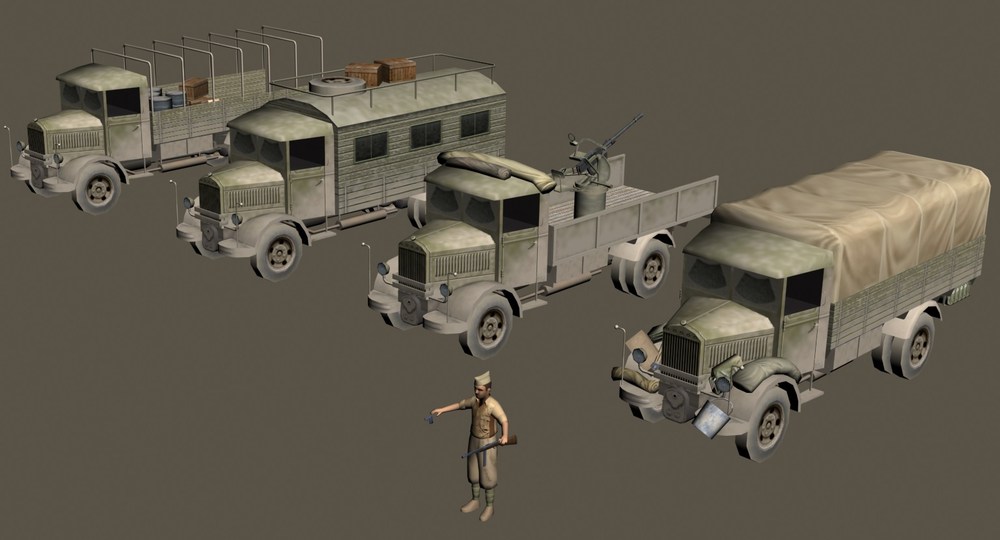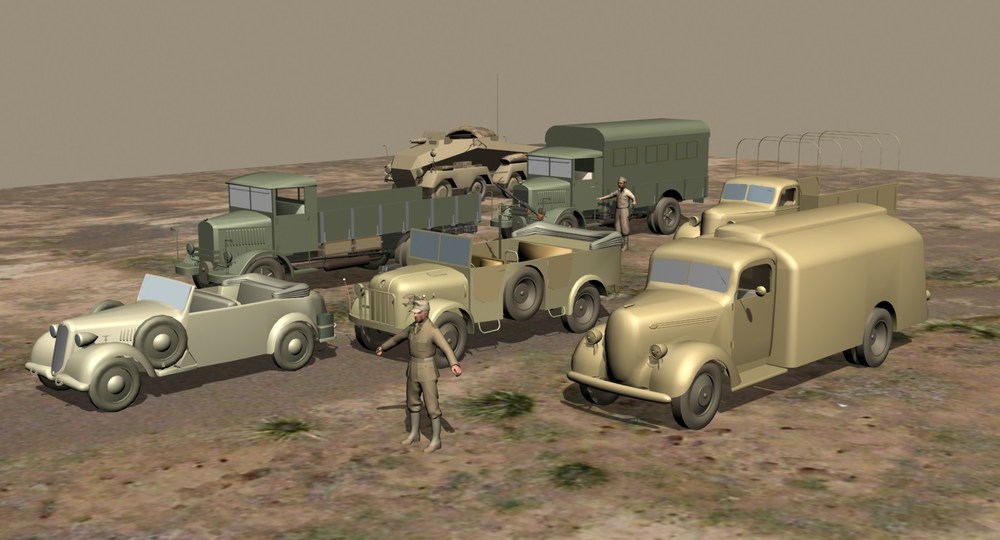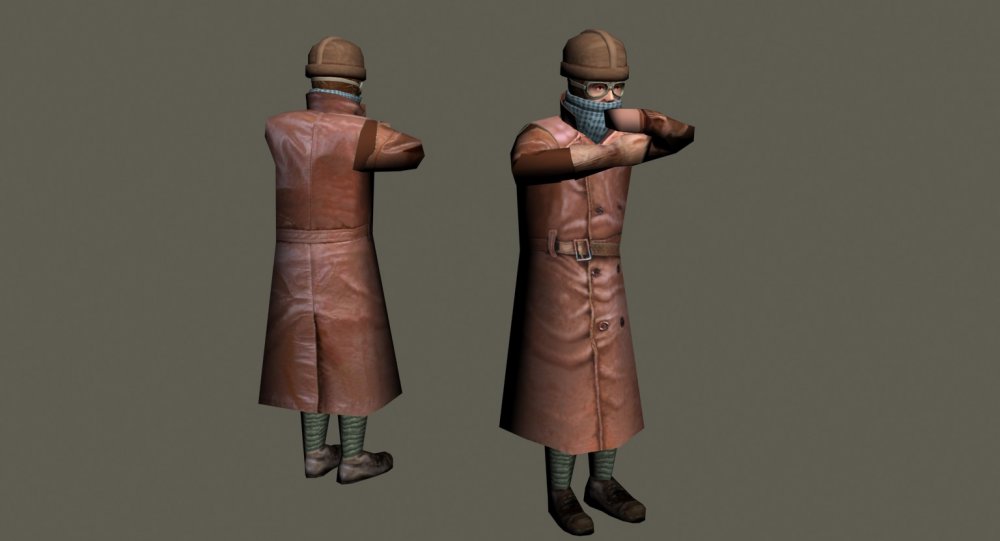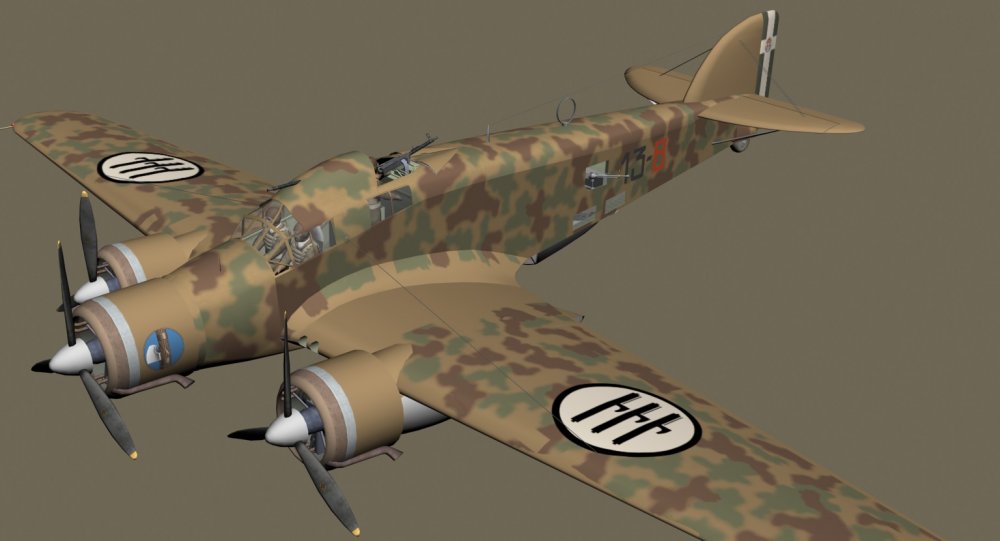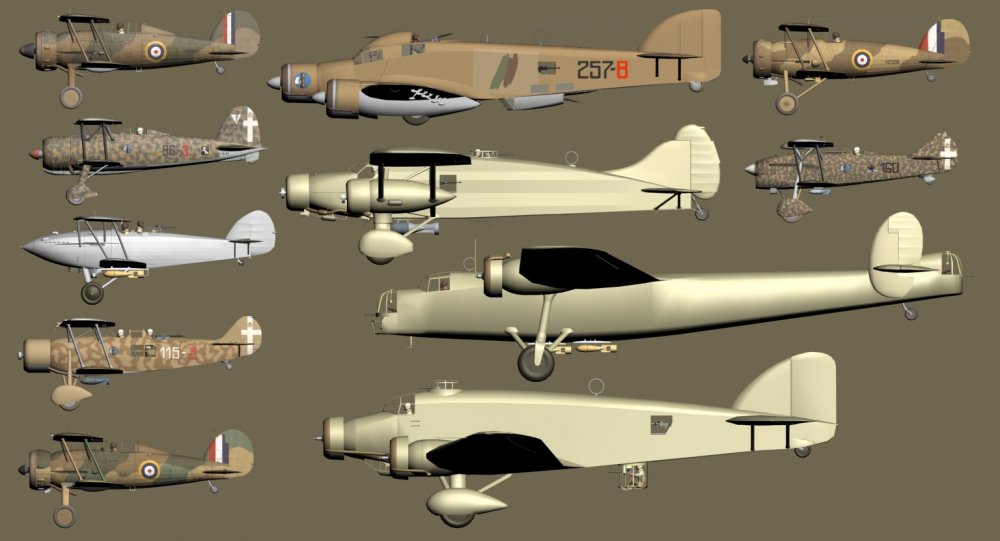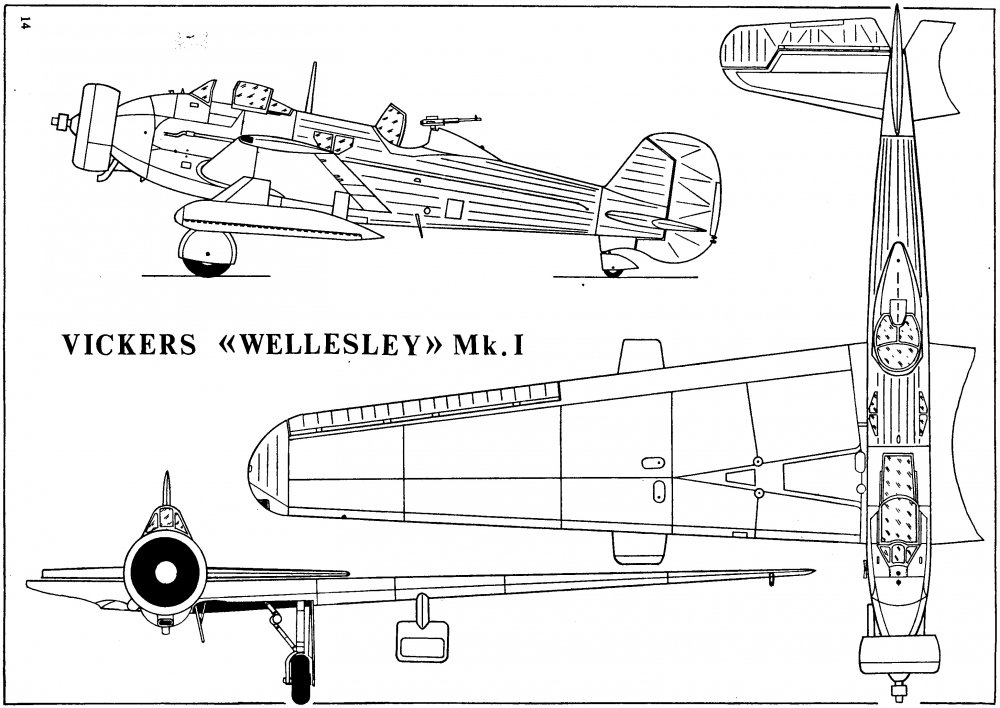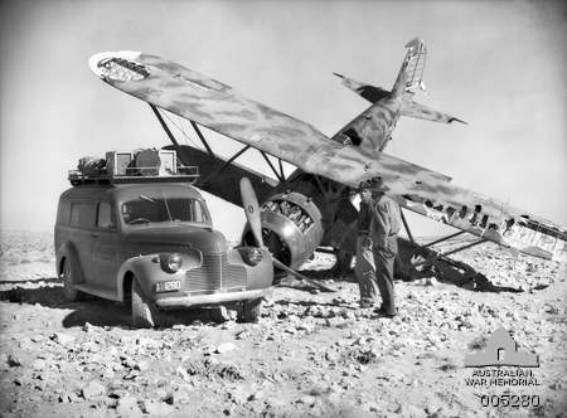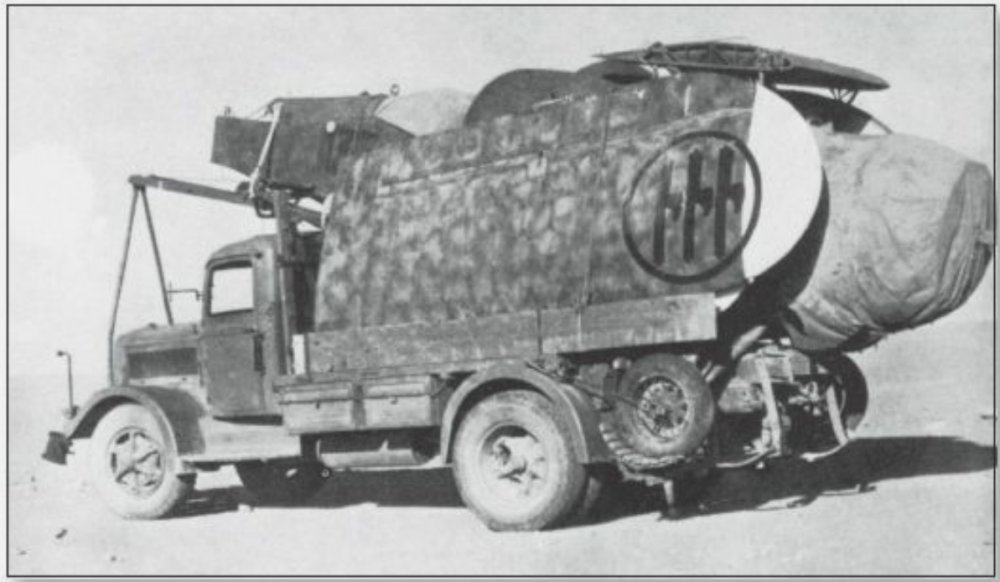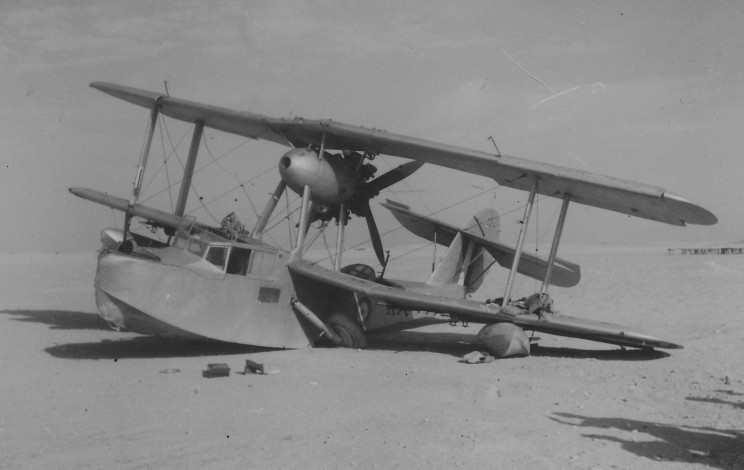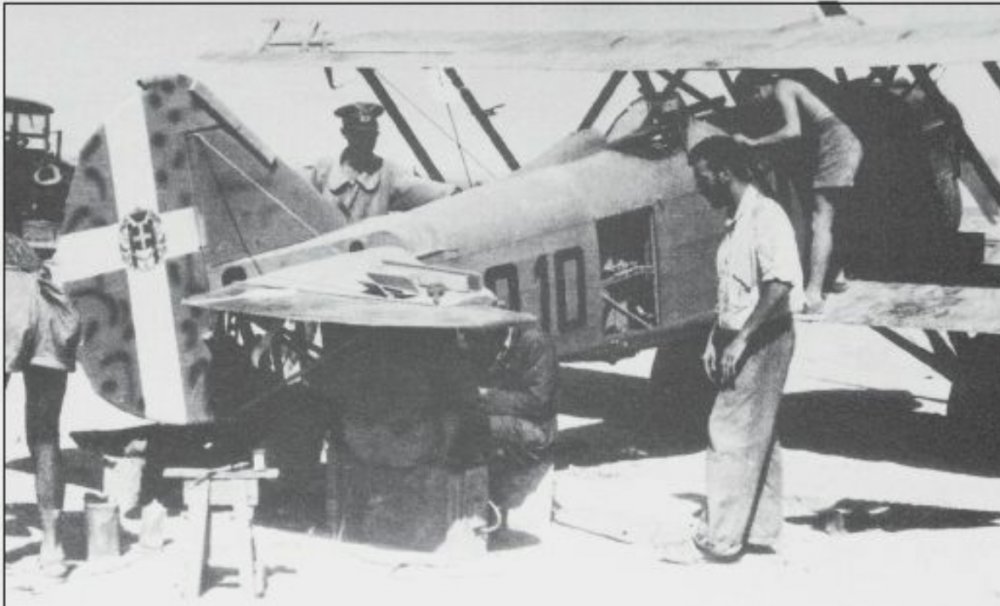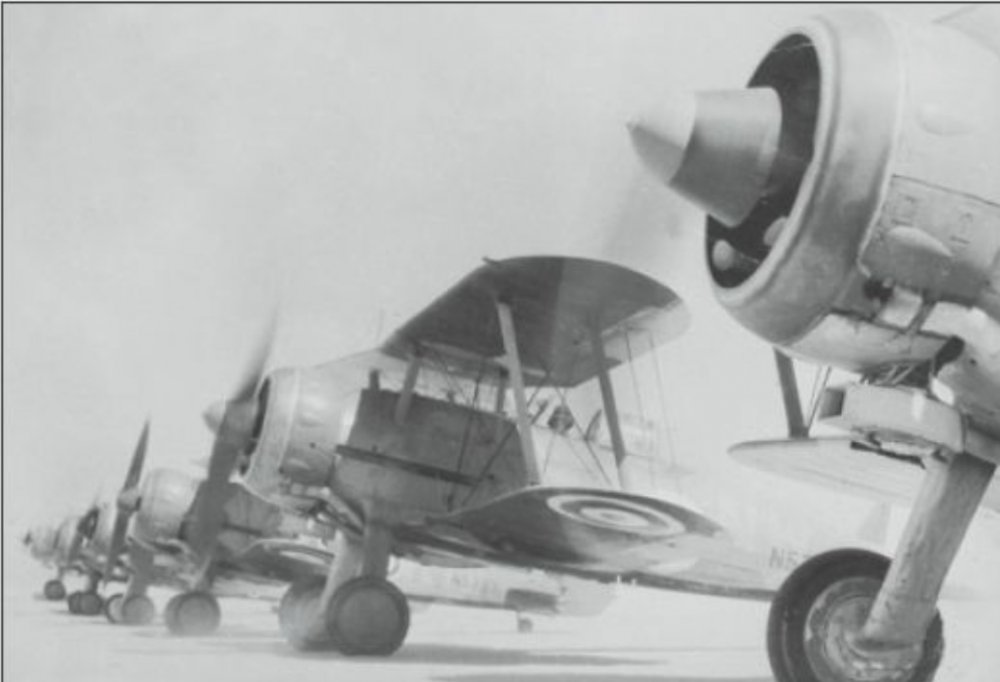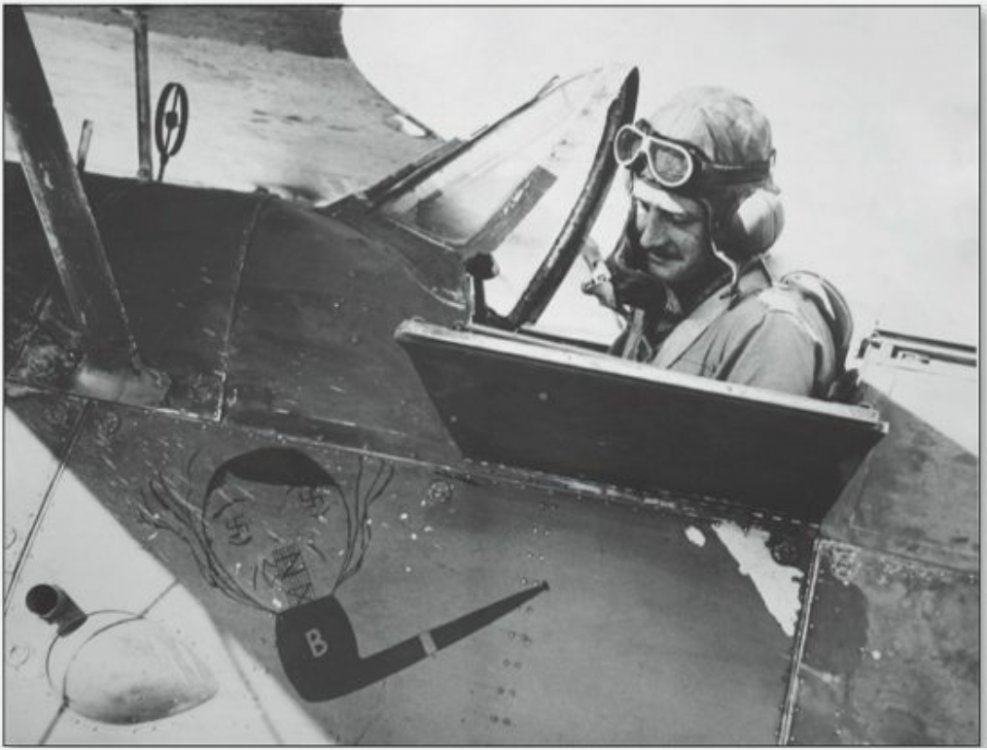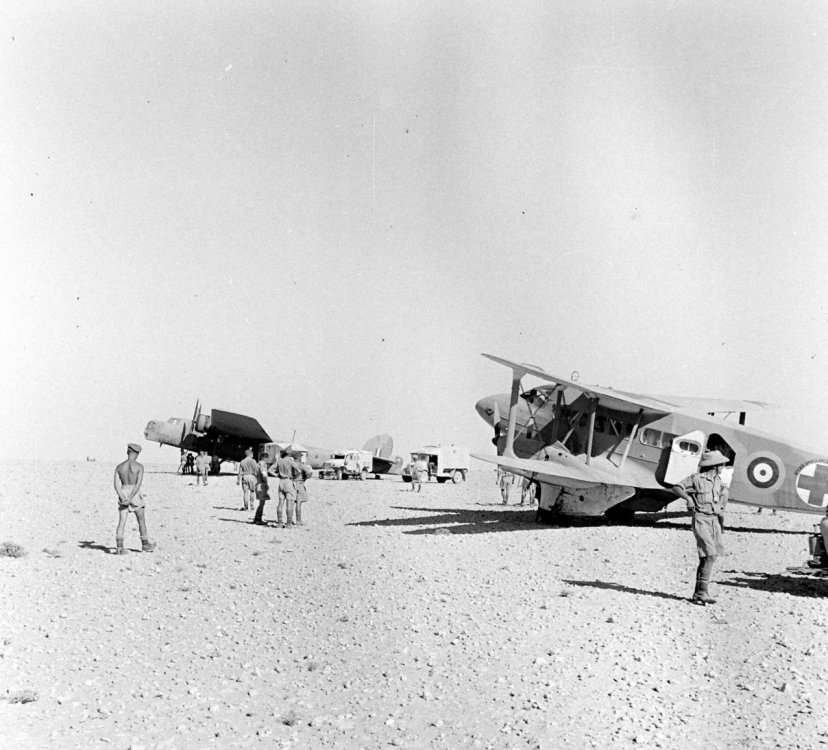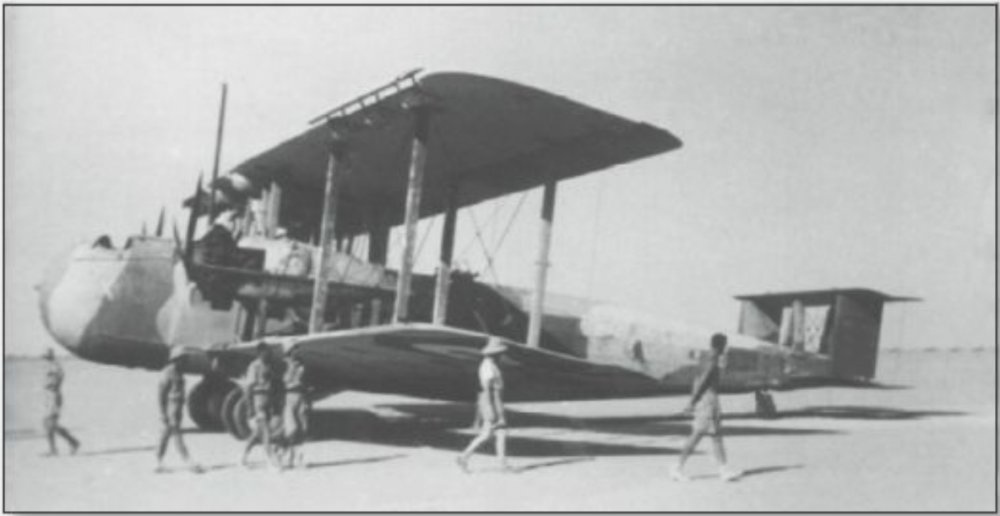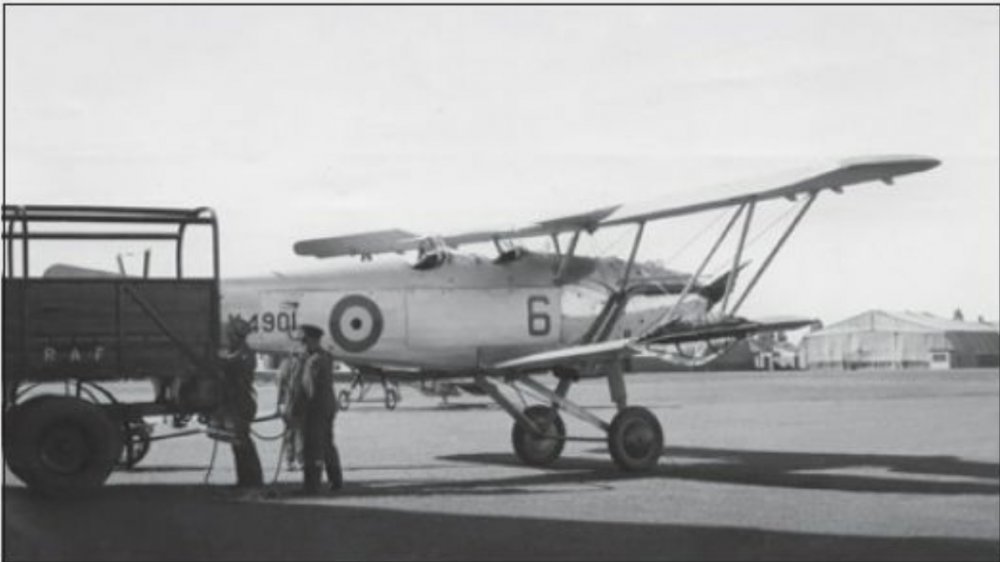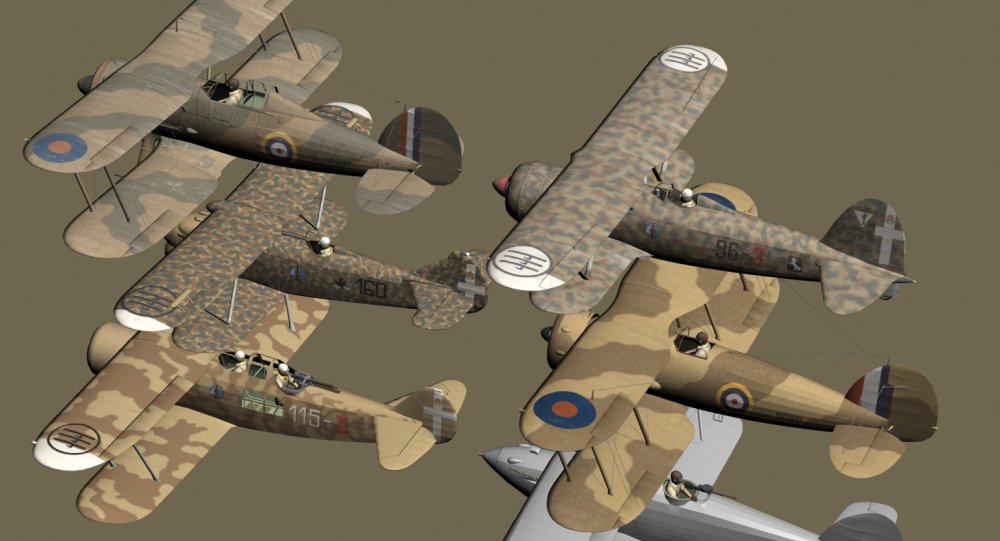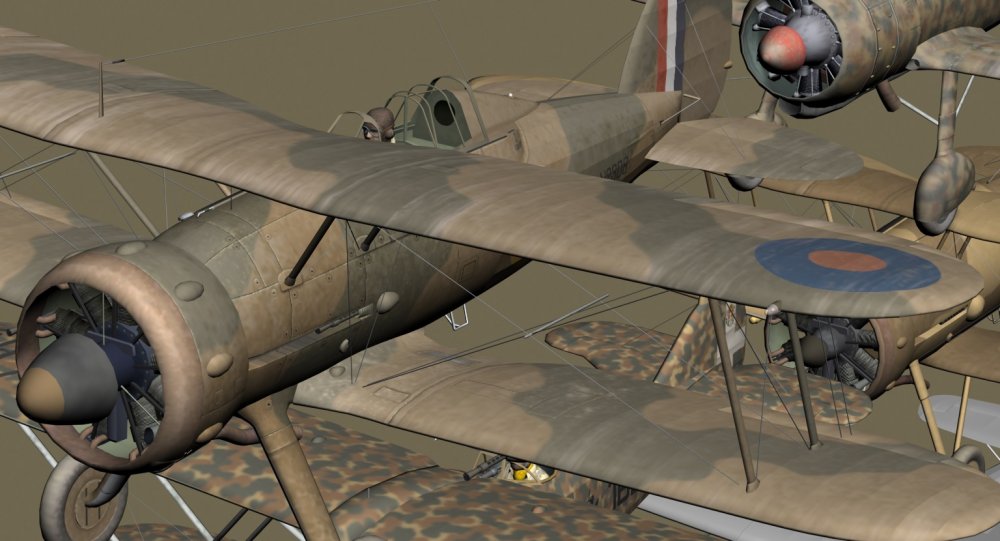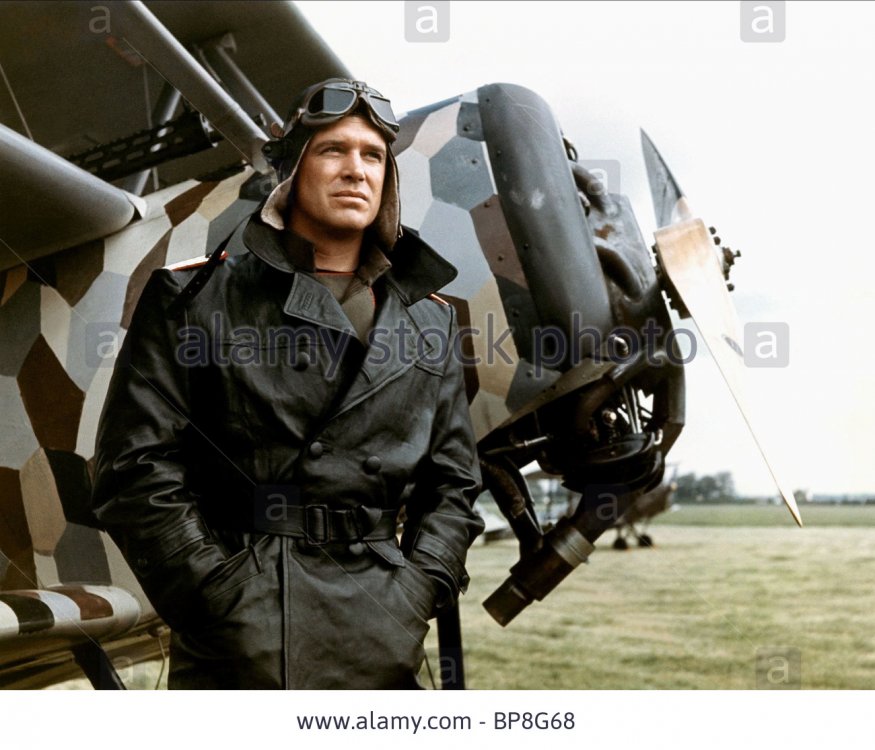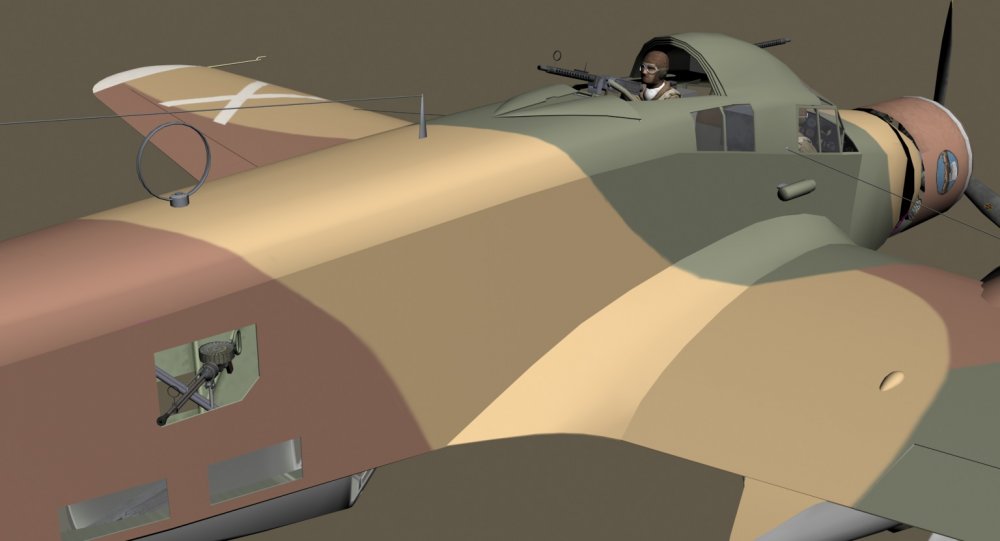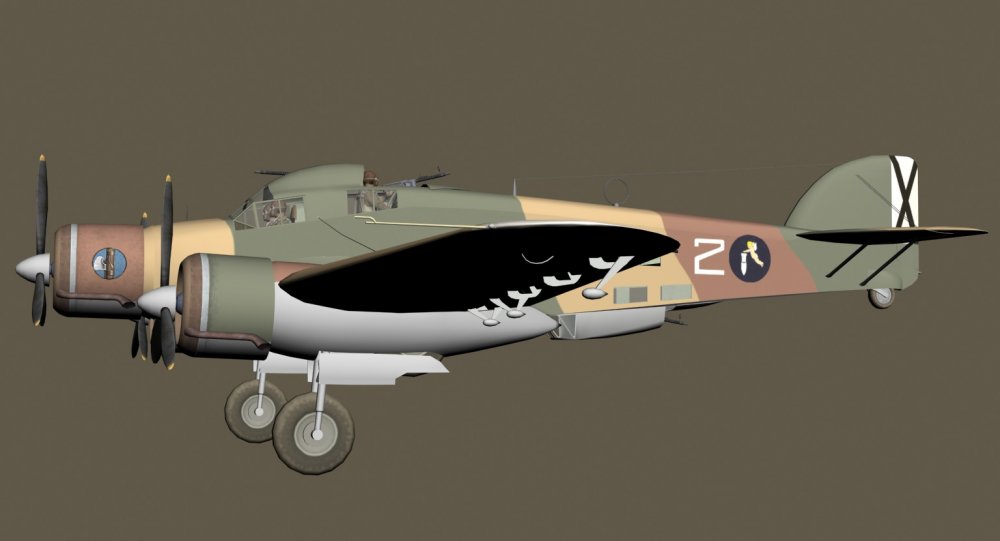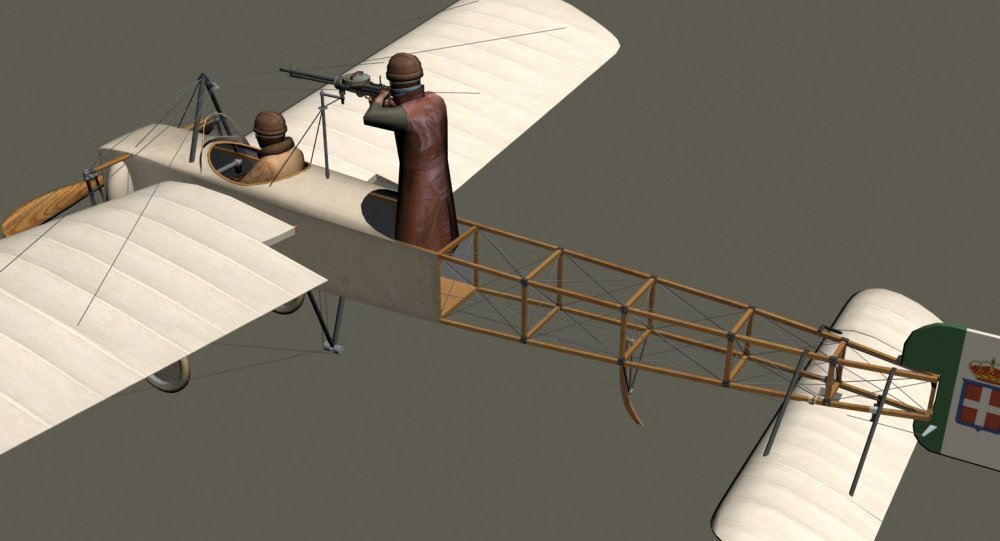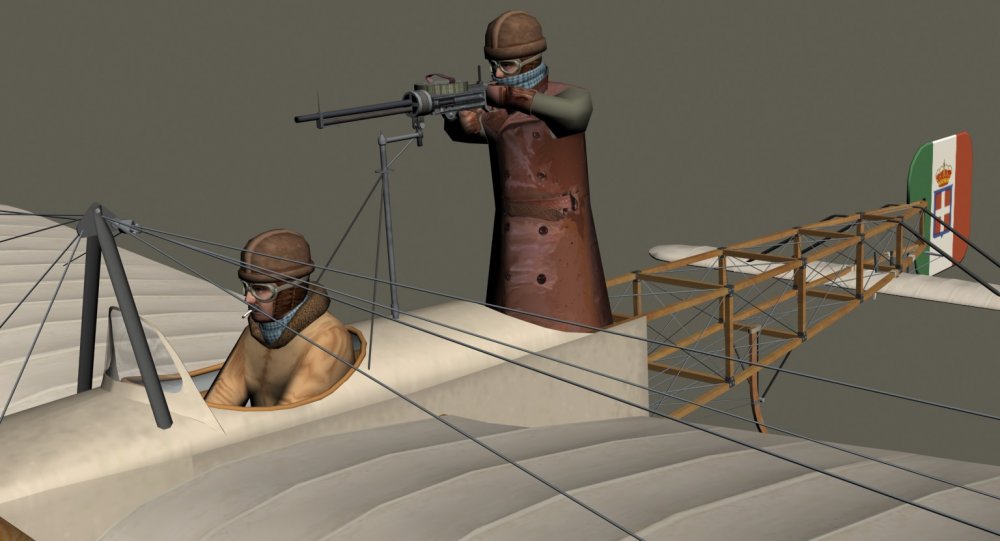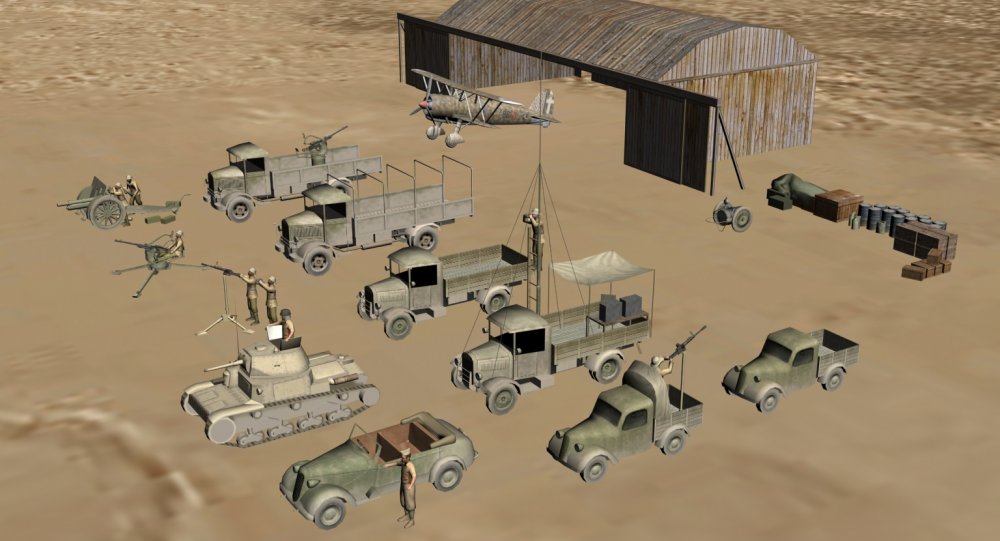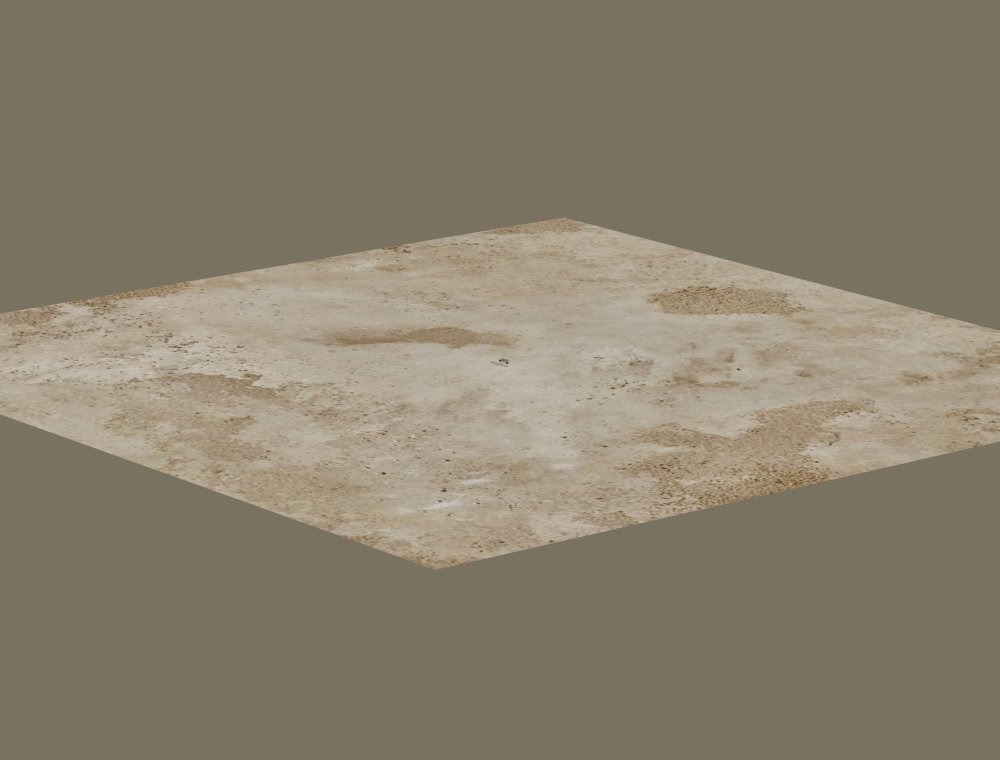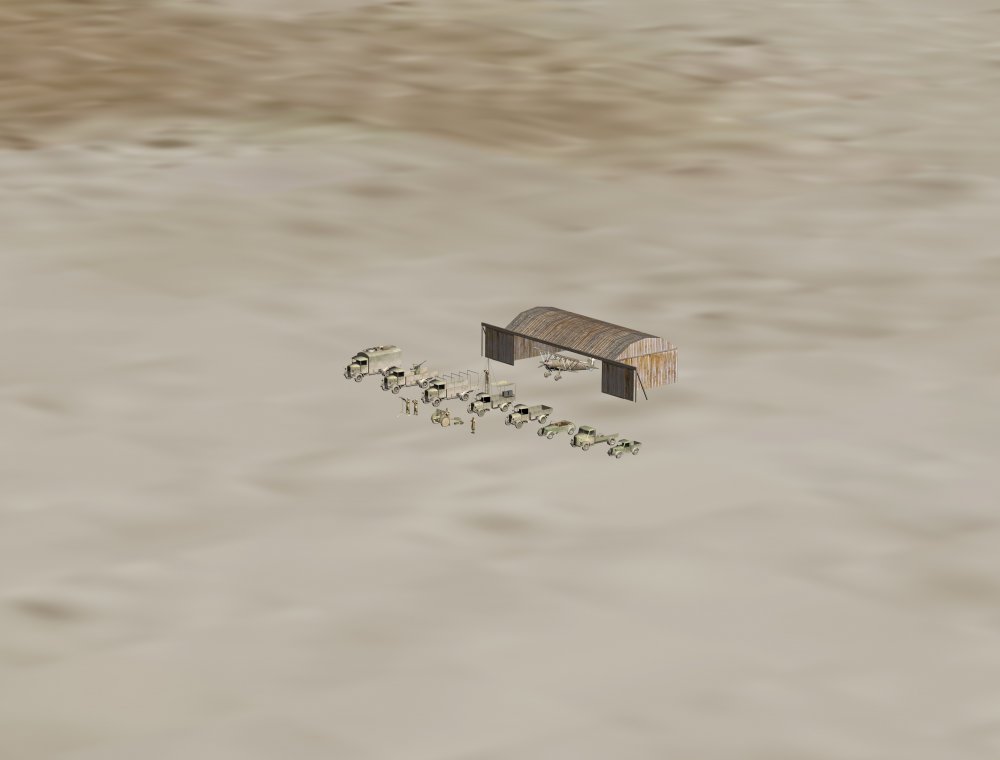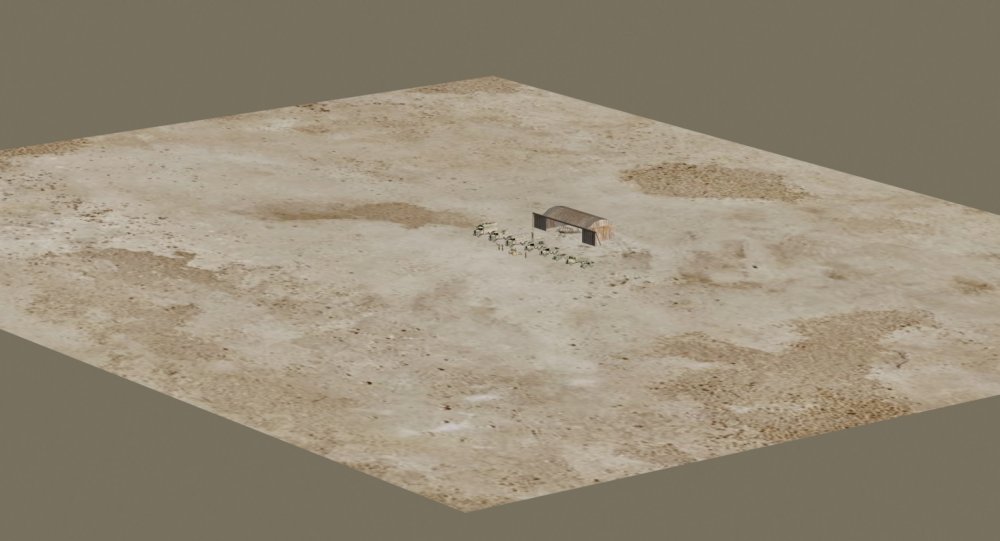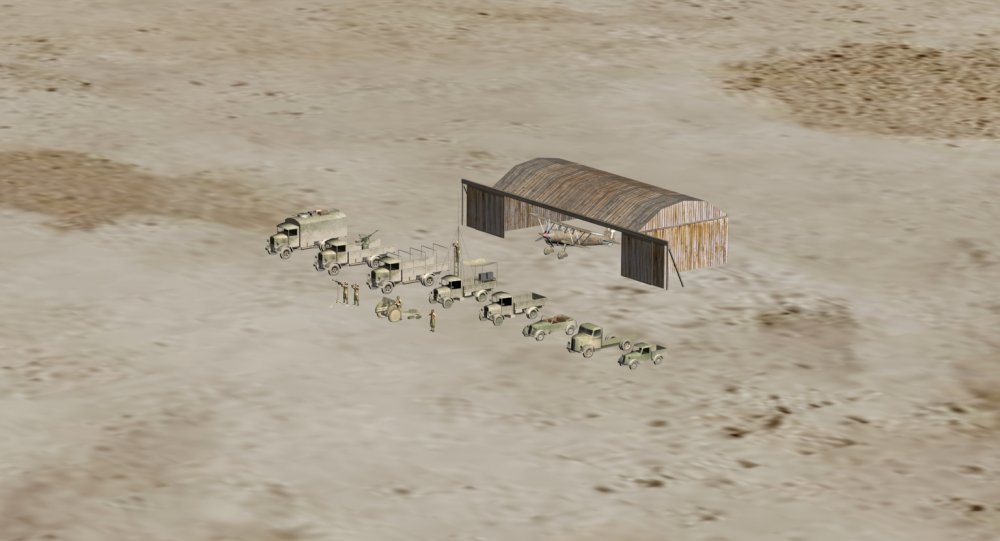-
Posts
2,813 -
Joined
-
Last visited
-
Days Won
93
Content Type
Profiles
Forums
Gallery
Downloads
Store
Everything posted by Geezer
-
I have stated several times that I do not care what the SF community thinks. Your obsessive compulsive behavior is spoiling what should be an enjoyable hobby for everyone. I am now going to do what I should have done when you first came to the FE forums - follow Mark Twain's advice and ignore you.
-
I come back from a short business trip, and find you are still whining. You are stubborn to a fault. One of several reasons why I won't touch SF with a ten foot pole is it is full of obnoxious fanboys like you. You deserve to be insulted because, when it comes to my intellectual property the only thing that matters is what I think. Go back to your own forums and pound sand.
-
Contact me by PM and I'll send you some LODs for testing. Been thinking about making Italian L3 and British MK6 tanks, but haven't gotten around to it.
-
You're laboring under the false impression that someone died and left you in charge. This unfortunate situation exists only because you chose to come to the FE forums and cause trouble. A prominent SF modder observed that the best modders work in FE. Whether true or not, the point is modding is supposed to be a fun and rewarding hobby not an ego trip. Speaking only for myself, I will have fun making stuff any way I please. Others may use or reject my work as they see fit because they are entitled to pursue their hobby any way they see fit. That's what its all about. What you think does not matter.
-
Fine. You clowns have been pestering me since day one because you ASSUMED I was interested in your opinions. Not once have I ever said I cared about SF or the views of SF fanboyz. Not once. Despite that, you clowns persisted in coming to the FE threads and ASSUMING that your inputs were relevant despite the fact that none of you know anything about professional art direction/design. I do not care what you think, and never have. If this unfortunate situation is what it takes to get you clowns to shut up and go away then so be it.
-
What is it about "tough shit" that you don't understand?
-
Been pretty busy with RL but got some work done on some desert trucks. I'm working on some high poly models that are not suitable for TW's antique game engine - green trucks in foreground. Lower poly trucks, suitable for the TW game engine, have partially completed skins that resemble the finished product Final shot shows a selection of other high poly vehicles in development that will be placed in Tunisian scenes using the Unreal Engine.
-
Found my early notes, and reviewed the comments above. The facts say you guys are full of it. Typical SF fanboyz. For starters, not one of you have built maps in FE/FE2 so you only have uninformed opinions. You literally don't know what you are talking about. Second, Wrench pointed out that FE objects vary wildly but you ignored that and instead pursued your fanboy preconceptions. Measurements will vary depending on which object is selected, so naturally you went with what confirmed your prejudices. Third, and most telling, Gterl is the expert on FE map making, not some overly opinionated but under informed SF fanboyz. Several times over the last couple of years he and I have worked together making some custom models. He never had any problems with 63% models; his only problem - which I mentioned before - is having to mix 63% and 100% models together in such a way there were no visual conflicts. You clowns ignored that because it did not fit your prejudices. So, your methodology was flawed and your fanboy motivations questionable. I will continue to build 63% models for FE and if you guys don't like it, tough shit.
-
-
-
Progress shot of the 1940 desert war aircraft. On the S.79, you can see test colors for a desert camo scheme. When the FE version is complete Guuruu will consider making a more complex version for SF.
-
Yeah, plus there were several more obsolete aircraft used in East Africa, such as the Wellesley and Caproni Ca133. What map are you referring to?
-
More stuff: "The first North African Campaign was a very interesting one for several reasons. North Africa was Italy’s main front in what was later called the “Parallel War”, i.e. the period during which Italy tried to fight the Commonwealth autonomously, without the help of the German Armed Forces, and thus a period during which achievements and defeats were due only to Italian merits or mistakes. This period is one of the very few where historians can try to assess the real effectiveness of the Italian war effort, without being confused by the presence of German forces, and this is obviously true also in the field of air warfare. With the Battle of Britain absorbing practically all the best resources, the Commonwealth forces on the North African front had to rely mostly on second line machines, sometimes already put out of service at home. This, together with the Italian trust in the biplane formula, meant that the Western Desert was (together with Greece and East Africa) the last battlefield in the history of air warfare where biplanes confronted each other. Needless to say, pilots of these archaic aircraft were by no means inferior in determination or skill to their colleagues fighting in Spitfires or Messerschmitts over the English Channel. Many of the most important Italian and Commonwealth pilots of the conflict drew first blood during this campaign, notably amongst them the top Italian and RAF aces of WW II, Teresio Martinoli and Thomas Pattle." Gustavsson, Hakan. Desert Prelude: Early Clashes. Erwin Rommel, the Desert Fox, knew a thing or two about armies. He described the Italian army as "good soldiers, bad officers." 1940 drew to a close with the Italians having suffered disastrous losses, prompting the Germans to send a couple of mobile divisions to prop up the Italian survivors. The spring of 1941 ushered in a new phase in the desert war, one that most buffs are familiar with. But it all began with CR42s dueling with Gladiators over the Libyan/Egyptian border in 1940.....
-
Found more interesting stuff in Desert Prelude Early Clashes that reinforces the overall feel of outdated equipment used because nothing else was available - truly a "forgotten battle." First photo shows 3 RAAF squadron at Helwan on 11 November, 1940 - still using fixed pitch wooden propellers. Second and third shots show Gladiators with scruffy finish due to intense desert sun. Third shot shows FO Linnard of 89 Sqdn on 27 September 1940 still using ring and bead sight. Fourth shot shows Dragon Rapide and Bristol Bombay transport/bomber. When used as bombers, between one and six Bombays would raid Tobruk most every night. The ancient Vickers Valencia transport continued in service until 1941. Final shot of Hawker Hart K4901 still in service in 1941.
-
Took a break from the Bleriot and dusted off the 1940 desert stuff. Found an old reference, Desert Prelude Early Clashes, and refreshed some delightful memories. Italy was woefully unprepared for the war that Mussolini suddenly sprang on the Italian military. Meanwhile, the Battle of Britain was raging over the Channel so Britain could not spare any desperately needed production for Libya/Egypt. Consequently, the 1940 desert war was the swan song of the biplane. It was the last time that biplane fighters were mainstream equipment used by BOTH sides, as no monoplane fighters were immediately available - small numbers of monoplane fighters began to slowly dribble into the theater some months later. The result was combat between many obsolete types of aircraft that had been retired from service in other theaters that had higher priority for new production aircraft. One example was the Italian port of Tobruk was initially defended by obsolete CR32s, as "modern" CR42s were being rushed to Africa but had not yet arrived. On one occasion, CR32s intercepted a British Sunderland over Tobruk and chased it out to sea where they shot it down. EDIT: for those who might be interested in this theater, and others, a good source is Biplane Fighter Aces of the Second World War - http://surfcity.kund.dalnet.se/
-
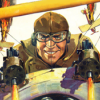
FM Speculations and Observations (FE2 and SF2)
Geezer replied to VonS's topic in Thirdwire - First Eagles 1&2
- 23 replies
-
- 1
-

-
- observations
- data ini files
- (and 8 more)
-
Thanks! I was unable to find an existing font, so I made my own. The "2" shown is a variant of the fonts included in the CR42 graphics pack. See attached. CR42_Elements.rar
-
-
-

FM Speculations and Observations (FE2 and SF2)
Geezer replied to VonS's topic in Thirdwire - First Eagles 1&2
VonS - It's always a pleasure to read one of your analytical posts. Keep up the good work!- 23 replies
-
- 2
-

-
- observations
- data ini files
- (and 8 more)
-
Interesting. Now that I have thought about it, I recall someone requesting 63% vehicles to place next to buildings so the vehicles did not look too large. Perhaps there was a mixture of 100% and 63% objects in the early releases? Gterl has the most experience with placing buildings on an FE map - perhaps he could comment? I no longer have those building LODs on my computer. Perhaps someone could sweet talk Baffmeister into sharing the stuff I sent him, so some comparative testing could be done?
-
From another thread that MUE chose to ignore: As I have said before, the 63% figure is per Wrench. I suggest you ask him. Wrench Known As Bob. Wrench ADMINISTRATOR 4,164 23,709 posts https://combatace.com/forums/topic/90118-european-ground-objects/?page=3&tab=comments#comment-752863 Gender:Male Location:Los Angeles, California Report post Posted September 11, 2016 now, with the visuals, its MUCH more clear. the 63% object just seem to "look right" against the ground. There's always been a scaling problem in the 3w games. But, there always seems to be a work around! Like Quote Terraformer Extraordinaire Making the Game Look Like the Real World Since 2007 "We are the Princes of the Ini-verse" "A little bit of something, is better than a whole lot of nothing" Wrench also said : "also, not to be forgetting that map is "3rd wire world size", 63% of reality" http://combatace.com/topic/84865-first-eagles-ww2/page-2 ** the stock terrains. Also, most the the add-ons, unless specified in their read-mes are also 63%, due to how the TE handles converting DEMs to HFDs. This topic was discussed some time ago, but MUE ignores facts and keeps coming back. To summarize from before, in the original game most trucks etc are 100% so they won't look odd placed next to 100% size aircraft on an airfield. But stuff like buildings were smaller - roughly half size so the 63% looks possible. That would explain MUE's tank measurements. Also, several photos of Stephen1918's vehicles in front of a stock building and next to a tree showed the vehicle appeared too large. Again, the buildings and tree seemed roughly half size compared to the vehicle. Another argument is Gterl's problems matching 63% objects with 100% objects. Finally, using SF buildings to measure dimensions invalidates the entire exercise because the issue is NOT SF buildings, but FE buildings. You guys are dragging a lot of SF assumptions into this FE thread without first verifying they are valid. Laughable fanboy BS.
-
A very good test, but it may not be representative? Gterl, the FE map maestro, has said that he has a problem with FE ground objects because they vary in size. Some are 100% and some are smaller, probably 63%. Consequently, he has to carefully control his object placement so large objects are not placed beside small objects, causing a visual mismatch. I do not know how this size mixture happened. I'm guessing that many original FE objects were 63% but many modders were unaware of this and made new objects at 100%. One thing is certain: SF map tiles are 2Km x 2Km, while FE map tiles are 500m x 500m and it appears that TK altered SOME ground object sizes to match the smaller tiles.
-
-
As TK reduced the First Eagles ground tile size in an effort to improve map appearance at low altitude, the ground objects appear to have been reduced in size also. Guuruu, myself, and LloydNB have been discussing stuff for a 1940 desert war theme. Progress hots below show Italian vehicle development. The first two shots are 100% sized vehicles on an SF sized tile. Second two shots show 63% vehicles on an FE sized tile.





